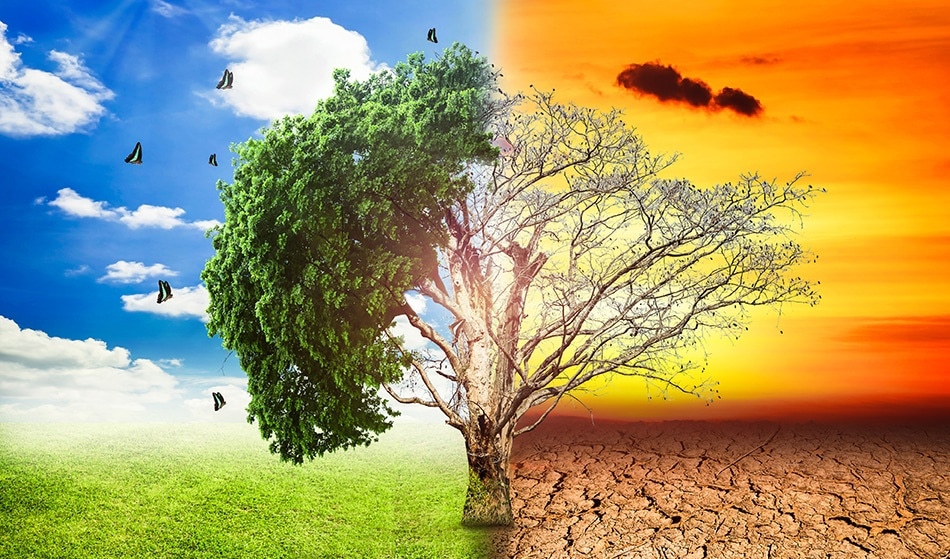
Global Warming
Global warming refers to the long-term increase in Earth's average surface temperature due to human activities, primarily the burning of fossil fuels, which releases greenhouse gases (GHGs) like carbon dioxide (CO2) and methane (CH4) into the atmosphere.
Climate change encompasses broader changes in climate patterns, including shifts in temperature, precipitation, and extreme weather events, driven by both natural processes and human activities.
Causes of Global Warming
1. Greenhouse Gas Emissions:
Burning fossil fuels (coal, oil, and natural gas) for energy.
Deforestation, which reduces CO2 absorption by trees.
Agriculture, particularly livestock farming, which produces methane.
Industrial processes and waste management.
2. Deforestation:
Clearing forests for agriculture or urban development reduces carbon storage and releases CO2.
3. Industrialization:
Mass production and consumption increase energy use and emissions.
Impacts of Global Warming and Climate Change
1. Rising Temperatures:
2023 was one of the hottest years on record, with a steady increase in global average temperatures.
2. Melting Ice and Rising Sea Levels:
Solar ice caps and glaciers are melting, leading to higher sea levels and flooding risks for coastal areas.
3. Extreme Weather Events:
Increased frequency and intensity of hurricanes, droughts, heatwaves, and heavy rainfall.
4. Ecosystem Disruption:
Species migration, extinction, and habitat loss.
Coral reef bleaching due to warmer oceans.
5. Human Impact:
Food and water scarcity due to disrupted agricultural patterns.
Health issues from heatwaves, air pollution, and disease spread.
Economic losses from infrastructure damage and disaster recovery.
Solutions to Combat Global Warming
1. Reducing Emissions:
Transition to renewable energy sources (solar, wind, hydro).
Energy efficiency in industries, homes, and transportation.
2. Afforestation and Reforestation:
Planting trees to absorb CO2 and restore ecosystems.
3. Policy and International Cooperation:
Implementation of global agreements like the Paris Agreement to limit warming to below 2°C.
4. Sustainable Practices:
Promoting a circular economy.
Reducing waste and improving recycling systems.
5. Technological Innovations:
Carbon capture and storage (CCS).
Advances in green technology for energy and transportation.
6. Education and Awareness:
Encouraging individuals and communities to adopt eco-friendly habits like reducing energy consumption, using public transport, and supporting green initiative.
Global warming and climate change are urgent challenges that require immediate and collective action. By addressing the root causes and embracing sustainable practices, humanity can mitigate its impact on the planet and ensure a healthier environment for future generations.


You must be logged in to post a comment.